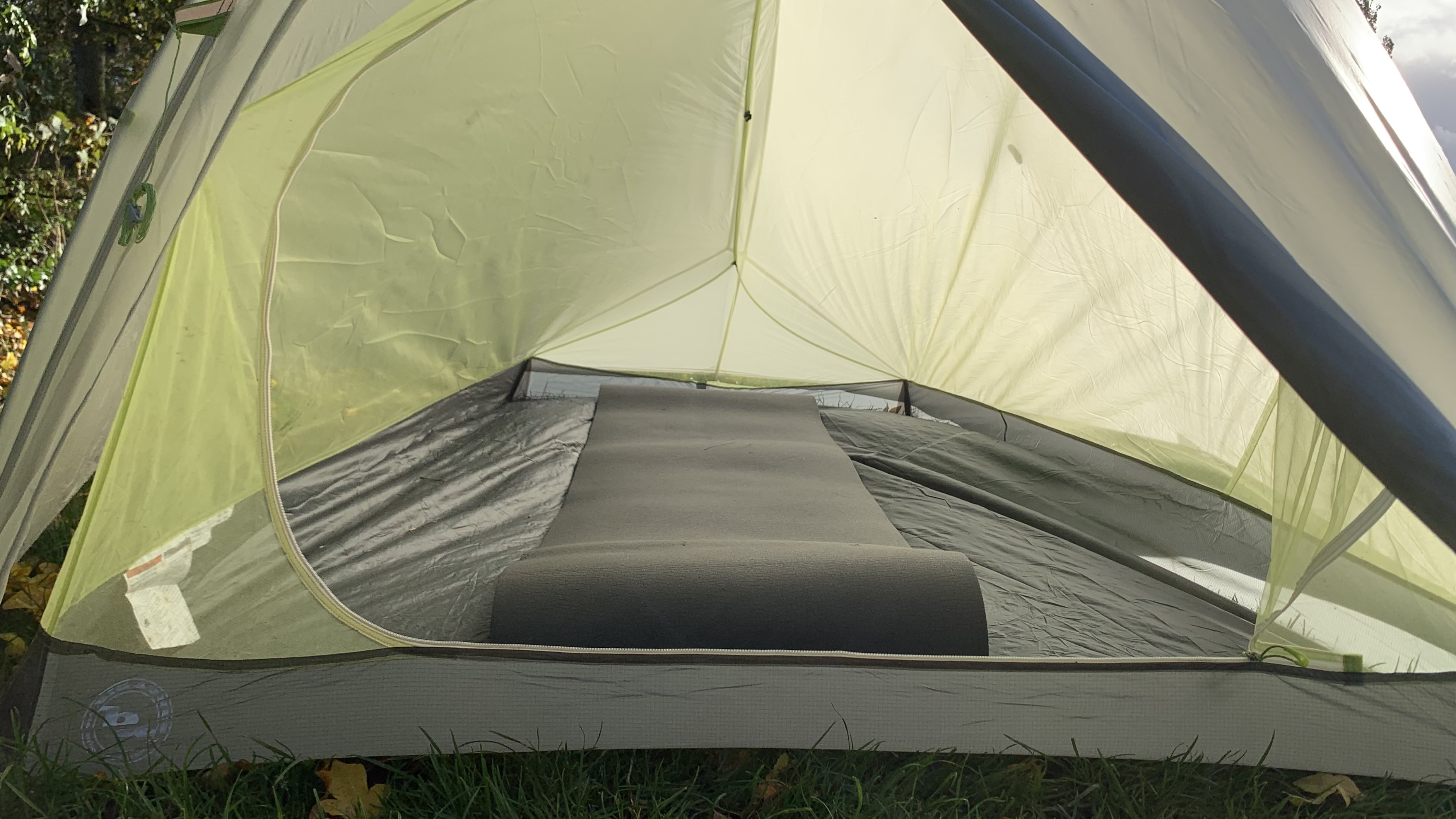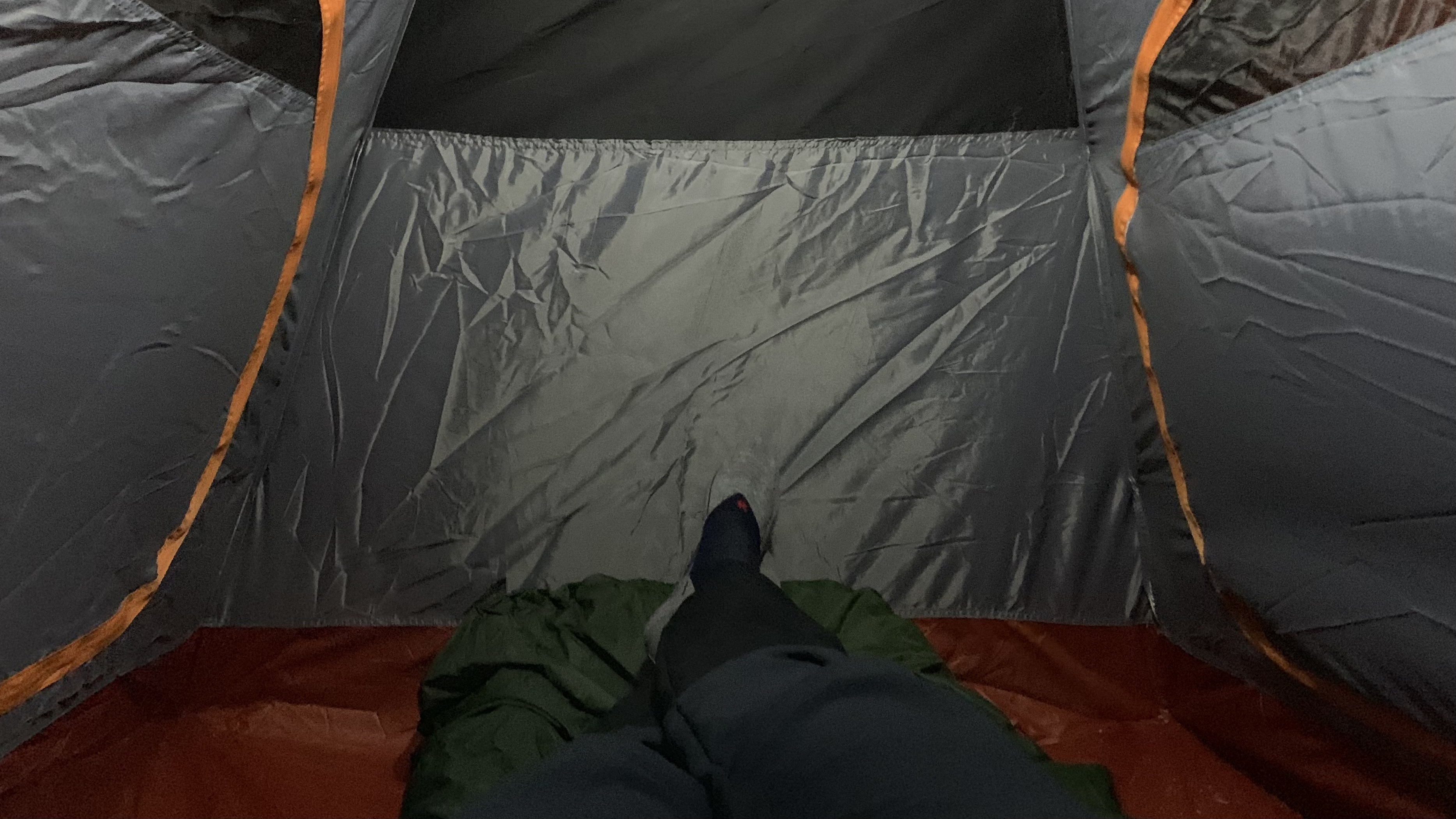
Bathtubs are not the sort of thing you imagine you’d need to worry about when shopping for your next tent. But don’t worry – this term has nothing to do with plumbing. The bathtub floor in your tent is actually one of the most important aspects of its design, and can vary considerably between tents, especially when it comes to the materials used. So what is a tent bathtub exactly? And why are they so important for a comfortable camping trip? Let’s find out.
What is a tent bathtub?
In short, the bathtub of your tent is the thick floor that you sit on. An integral part of the structure’s design, the walls of the tent inner are normally stitched directly onto this reinforced material, providing added waterproofing and some additional wind protection, as well as ensuring no critters can invade your tent from below. Normally manufactured from reinforced polyester or silnylon, they also offer a more durable and hardwearing surface to sleep on – one that shouldn’t wear or rip. On many ultralightweight tents, however, this material is often still pretty thin and flimsy, so then it can be combined with a groundsheet for added durability and to extend the life of your bathtub floor.
Differences between tents

For the most part, bathtub floors are simply reinforced tubs that serve as the floor of your tent’s inner. In general, they rise a few inches around the sides, where the rest of the inner is stitched on. For that reason, irrespective of the brand or utility of the tent in question, bathtub floors will always look very similar. On expedition-level tents like the Hilleberg Soulo, the bathtub will rise a little higher to keep out snow and wind, whereas on an ultralight tent like the Big Agnes Flycreek UL 2, the bathtub will rise just a few inches from the ground in order to keep the weight and pack size down.
The materials used can also vary. Often, manufacturers will use the same material they produce the flysheet from to design their bathtub floor, though they may increase the thickness or tenacity of the materials for added durability. The bathtub of the MSR Hubba Hubba NX, for example, is 1.5 times thicker than the flysheet, despite being made from the same ripstop nylon material. In general, however, bathtub floors are normally made out of nylon or polyester, although Dyneema is increasingly used on the lightest tents.
Standalone bathtub floors
If you’re using a tarp or tent structure that doesn’t come with an inner, you can buy separate bathtub floors that provide a waterproof base to sleep on with raised protection around the sides. Much like a simple groundsheet, they offer a more reliable and comfortable base to lie on. Unlike a groundsheet though, they also come with raised sandbox-style walls that deliver additional protection from water ingress. Lightweight and easy to carry, they are a great option for tarp campers or anybody who wants to do a bit of cowboy camping under the stars.
In the UK, standalone options are available from Backpacking Light and One Tigris. In the US, check out Bear Paw Wilderness Designs.
Is a bathtub floor absolutely necessary?

Whether you consider a bathtub floor to be an essential depends entirely on the conditions you’re camping in. If you head out in wet and rainy regions where the ground is prone to being moist or boggy, then you’re going to have a much more comfortable experience by camping in a tent with a built-in bathtub floor. And if you’re somewhere insects can pose an issue, you’re going to want an inner anyway, which will give you some sort of bathtub, whichever tent model you go for.
If you tend to camp only in reliably dry and warm places, then a bathtub floor might not be necessary at all. Perhaps you only want a tarp over you in case of rain and to provide some wind protection, or you may be happy roughing it on the ground. In that sense then, the answer to the question of whether a bathtub floor is absolutely necessary is arguably ‘no’. But you could say the same thing about practically any item of camping equipment, given the correct weather conditions and experience.
So, now you know what a bathtub floor is, consider how one may improve (or detract) from your own adventures the next time you’re in the market for some new gear.







